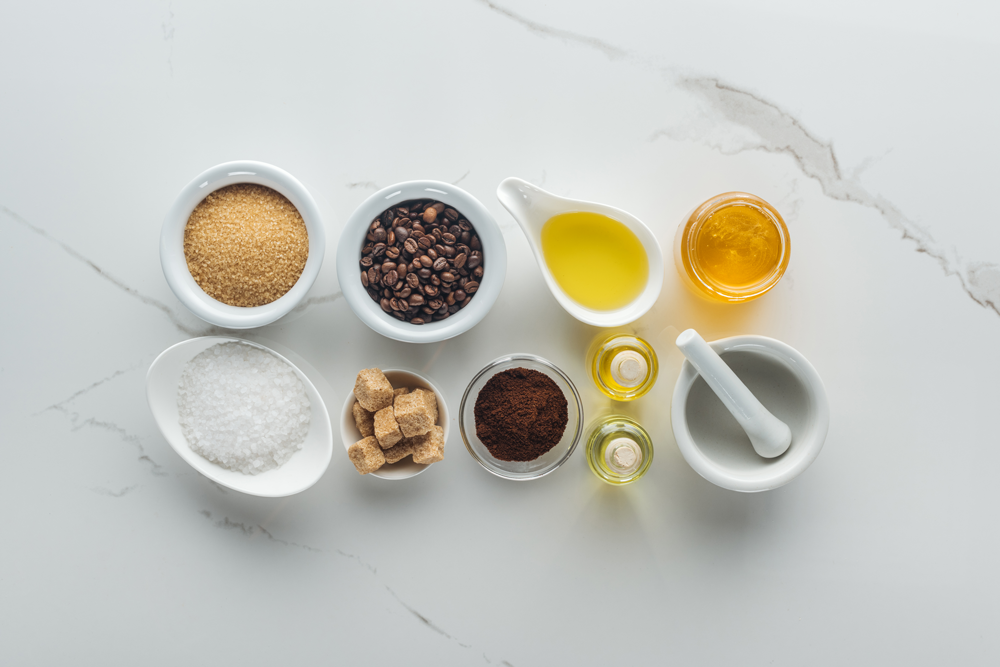Artificial sweeteners are often the topic of heated debate.
On one hand, they’re claimed to increase your risk of cancer and harm your blood sugar and gut health.
On the other hand, most health authorities consider them safe, and many people use them to reduce their sugar intake and lose weight.
This article reviews the evidence on artificial sweeteners and their health effects.
What are artificial sweeteners?
Artificial sweeteners, or sugar substitutes, are chemicals added to some foods and beverages to make them taste sweet.
People often refer to them as “intense sweeteners” because they provide a taste similar to that of table sugar but up to several thousand times sweeter.
Although some sweeteners contain calories, the amount needed to sweeten products is so small that you end up consuming almost no calories (1Trusted Source).
SUMMARY
Artificial sweeteners are chemicals used to sweeten foods and beverages. They provide virtually zero calories.
How do artificial sweeteners work?
The surface of your tongue is covered by many taste buds, each containing several taste receptors that detect different flavors (2Trusted Source).
When you eat, your taste receptors encounter food molecules.
A perfect fit between a receptor and molecule sends a signal to your brain, allowing you to identify the taste (2Trusted Source).
For example, the sugar molecule fits perfectly into your taste receptor for sweetness, allowing your brain to identify the sweet taste.
Artificial sweetener molecules are similar enough to sugar molecules to fit on the sweetness receptor.
However, they are generally too different from sugar for your body to break them down into calories. This is how they provide a sweet taste without the added calories.
Only a minority of artificial sweeteners have a structure that your body can break down into calories. Given that only very small amounts of artificial sweeteners are needed to make foods taste sweet, you consume virtually no calories (1Trusted Source).
SUMMARY
Artificial sweeteners taste sweet because they are recognized by the sweetness receptors on your tongue. They provide virtually zero calories, as your body can’t break them down.
Common artificial sweeteners
The following artificial sweeteners are allowed for use in the United States and/or European Union (3Trusted Source, 4):
- Aspartame. Sold under the brand names NutraSweet, Equal, or Sugar Twin, aspartame is 200 times sweeter than table sugar.
- Acesulfame potassium. Also known as acesulfame K, it’s 200 times sweeter than table sugar. It’s suited for cooking and baking and sold under the brand names Sunnet or Sweet One.
- Advantame. This sweetener is 20,000 times sweeter than table sugar and suited for cooking and baking.
- Aspartame-acesulfame salt. Sold under the brand name Twinsweet, it’s 350 times sweeter than table sugar.
- Cyclamate. Cyclamate, which is 50 times sweeter than table sugar, was used for cooking and baking. However, it has been banned in the United States since 1970.
- Neotame. Sold under the brand name Newtame, this sweetener is 13,000 times sweeter than table sugar and suited for cooking and baking.
- Neohesperidin. It’s 340 times sweeter than table sugar and suited for cooking, baking, and mixing with acidic foods. Note that it is not approved for use in the United States.
- Sacchari. Sold under the brand names Sweet’N Low, Sweet Twin, or Necta Sweet, saccharin is 700 times sweeter than table sugar.
- Sucralose. Sucralose, which is 600 times sweeter table sugar, is suited for cooking, baking, and mixing with acidic foods. It’s sold under the brand name Splenda.

